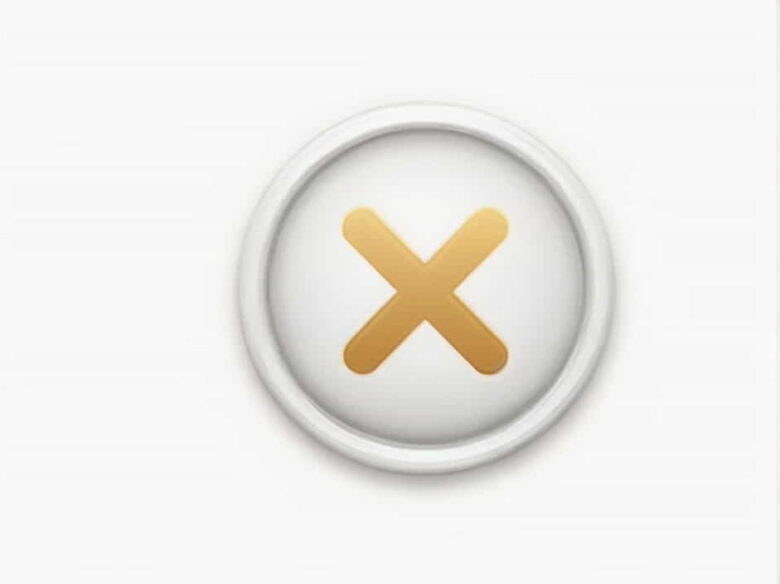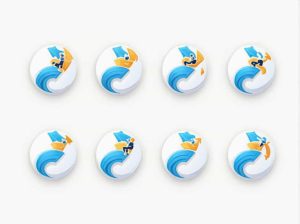A Production Possibility Frontier (PPF) is a graph that shows the maximum possible output combinations of two goods or services that an economy can achieve, given its resources and technology. It illustrates the concept of opportunity cost and economic efficiency. Understanding which points on a PPF are attainable is crucial for analyzing economic decisions and resource allocation.
This content explores the meaning of attainable points on a PPF, where they are located, and their implications for economic efficiency and growth.
What is a Production Possibility Frontier (PPF)?
A Production Possibility Frontier (PPF) is a curve that shows the maximum feasible combinations of two goods or services an economy can produce with its available resources and technology. It demonstrates three essential economic concepts:
- Scarcity Resources are limited, so producing more of one good requires producing less of another.
- Opportunity Cost The cost of forgoing the next best alternative when making a choice.
- Efficiency Maximum output is achieved with the available resources.
A typical PPF is concave to the origin because of the law of increasing opportunity cost, meaning more of one good can only be produced by sacrificing an increasing amount of the other good.
Attainable and Unattainable Points on a PPF
On a given PPF, points can be categorized as:
- Attainable Points Points that lie on or inside the PPF. These represent combinations of goods that the economy can produce using available resources efficiently or inefficiently.
- Unattainable Points Points that lie outside the PPF. These represent combinations that cannot be produced given the current resources and technology.
Where are Attainable Points Located?
- On the PPF Curve
Points on the PPF curve are attainable and represent efficient production. At these points, resources are fully and efficiently utilized, and increasing the output of one good requires reducing the output of another, demonstrating the concept of opportunity cost.
For example, if an economy produces both guns and butter, any point on the curve shows the maximum feasible production of guns given a certain amount of butter, and vice versa.
- Inside the PPF Curve
Points inside the PPF curve are also attainable but represent inefficient production. At these points, resources are either underutilized or misallocated, resulting in less than maximum output. This could be due to unemployment, inefficiency, or underutilization of resources.
For example, if an economy is producing at a point inside the PPF, it means that more of both goods could be produced without sacrificing the other by utilizing idle resources or improving efficiency.
Why are Points Outside the PPF Unattainable?
Points outside the PPF curve are unattainable with the current level of resources and technology. These points represent production combinations that exceed the economy’s capacity.
To reach these points, an economy would need:
- Economic Growth An increase in resources (like labor, capital, or raw materials) or advancements in technology.
- Trade Engaging in international trade can allow an economy to consume beyond its PPF by importing goods produced more efficiently by other countries.
Examples of Attainable and Unattainable Points
Consider a simple economy that produces two goods: Books and Computers. The PPF shows the maximum output combinations given limited resources.
- Point A (On the PPF) Producing 100 Books and 50 Computers. This is an efficient and attainable point.
- Point B (Inside the PPF) Producing 70 Books and 30 Computers. This is attainable but inefficient, indicating underutilization of resources.
- Point C (Outside the PPF) Producing 120 Books and 70 Computers. This is unattainable given the current resources and technology.
Implications of Attainable Points for Economic Efficiency
- On the PPF (Efficient Production)
When an economy operates on the PPF, it achieves productive efficiency, meaning resources are fully utilized without any waste.
- No Idle Resources Labor, capital, and raw materials are fully employed.
- Opportunity Cost Producing more of one good requires sacrificing some of the other.
- Inside the PPF (Inefficient Production)
Operating inside the PPF indicates inefficiency due to:
- Unemployment Not all labor resources are being used.
- Underutilization of Capital Machinery or technology is idle.
- Misallocation of Resources Resources are not being used in the most productive way.
An economy can move from an inefficient point inside the PPF to a point on the PPF by increasing resource utilization or improving efficiency.
How to Shift the PPF Outward
To make currently unattainable points achievable, an economy must shift the PPF outward, indicating economic growth. This can be achieved by:
- Increasing Resources More labor, capital, or raw materials.
- Technological Advancements Improved production methods increase productivity.
- Education and Training A more skilled workforce increases efficiency.
- Capital Investment Investment in infrastructure and technology enhances productive capacity.
For example, if the economy invests in technology that enhances computer production, the PPF would shift outward, allowing for more computers to be produced without reducing the number of books produced.
Real-World Application of Attainable Points on a PPF
The concept of attainable points on a PPF is relevant for policymakers and businesses:
- Policy Decisions Governments can identify inefficient resource usage (points inside the PPF) and implement policies to improve efficiency or reduce unemployment.
- Business Strategy Companies can analyze resource allocation to maximize output or minimize costs.
- Economic Planning Nations can plan for economic growth by investing in technology, education, and infrastructure to shift the PPF outward.
Understanding which points are attainable on a PPF is crucial for effective economic decision-making. Points on the PPF represent efficient production, while points inside the PPF indicate inefficiency. Points outside the PPF are unattainable with current resources but can become achievable through economic growth or international trade.
By maximizing efficiency and strategically investing in growth factors, economies can reach optimal production levels, ensuring better resource utilization and higher standards of living.



